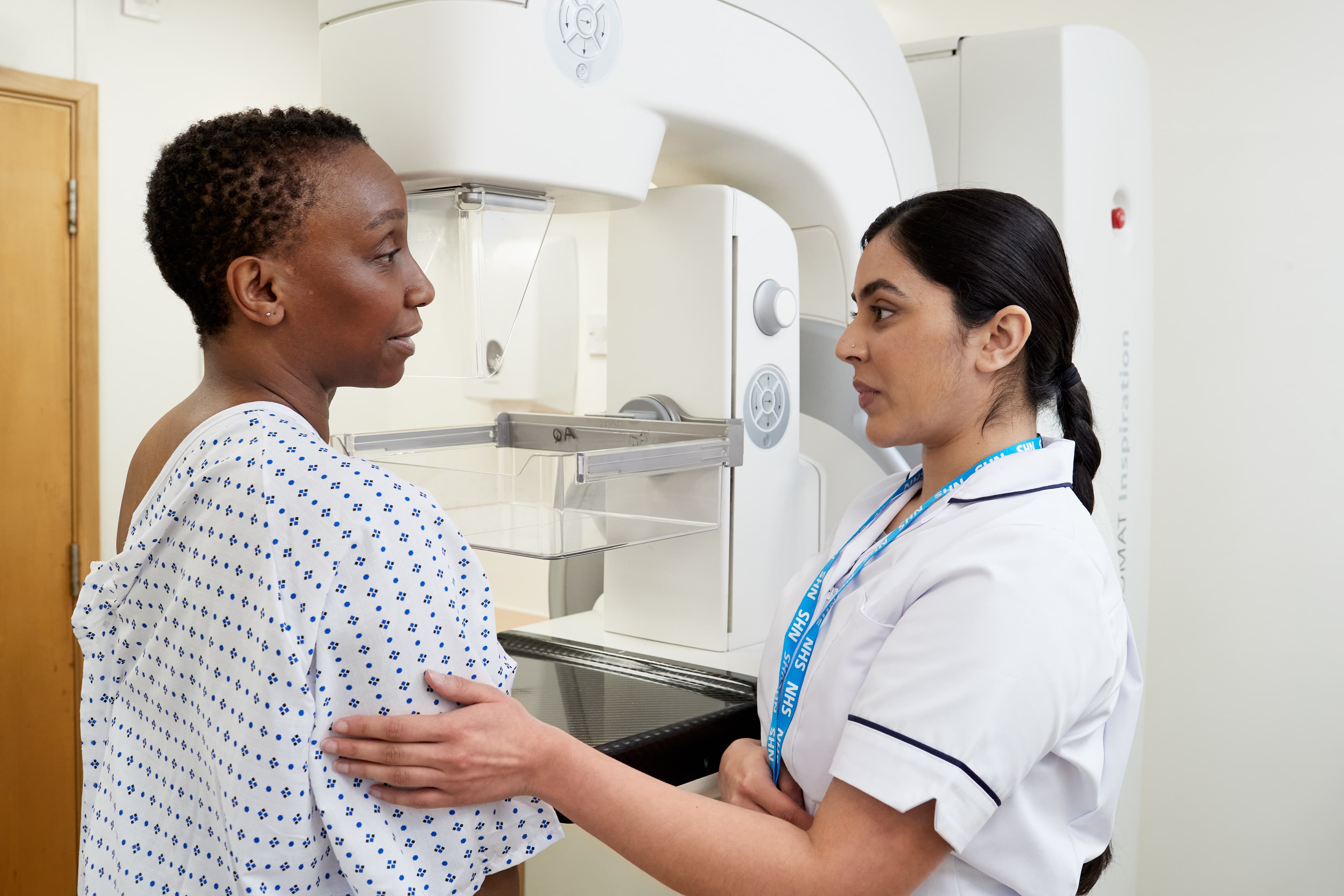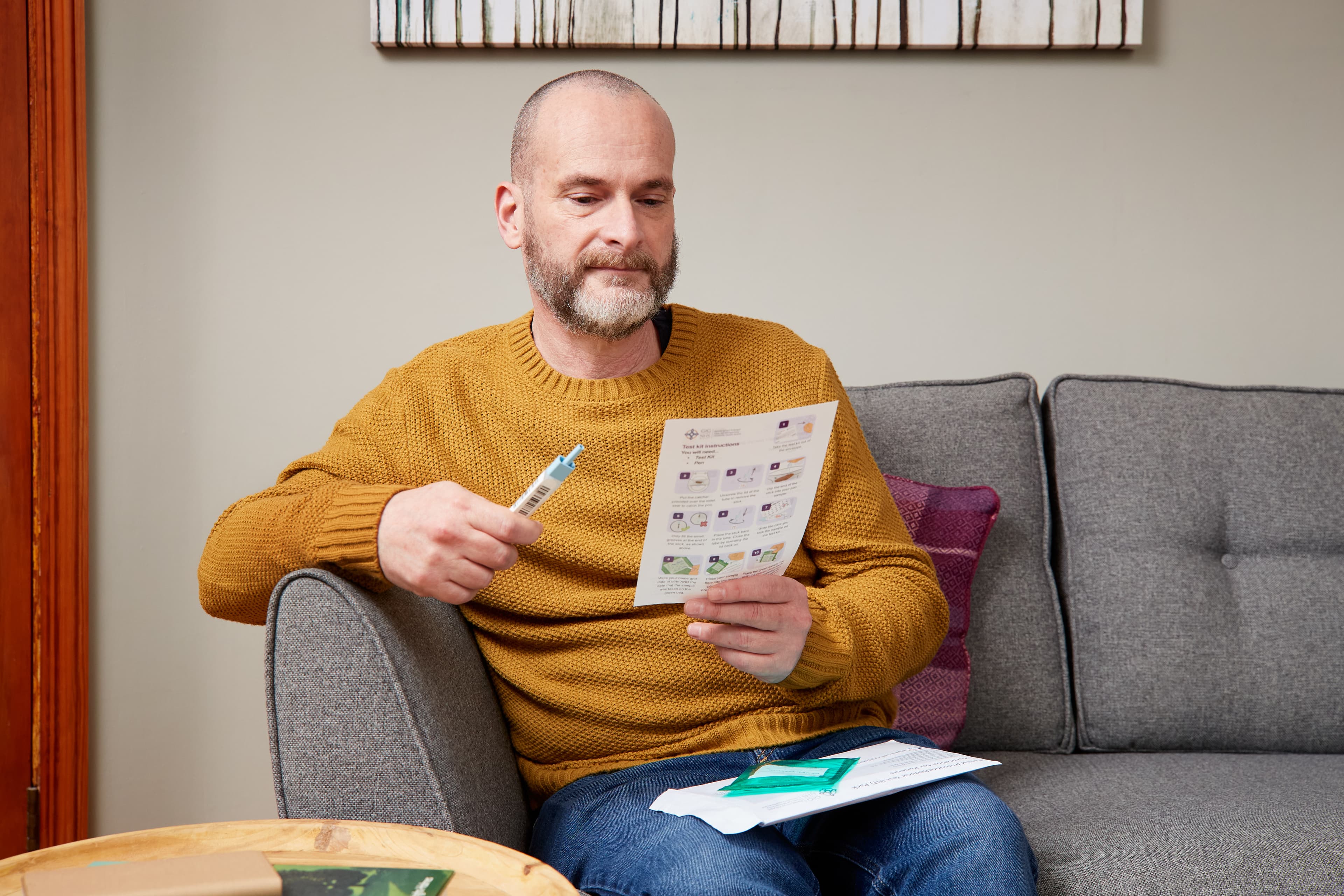
Test, Evidence, Transition (TET) is a multi-phase programme of commissioned research activity, building on the success of the former Accelerate, Coordinate, Evaluate (ACE) programme. It focuses on interventions that have been proven to have an impact on improving cancer outcomes but are not being adopted consistently. By gathering evidence in real world contexts that will support their adoption, the programme seeks to ultimately reduce inequalities in access to proven interventions.
TET is part of Cancer Research UK’s wider programme of activity to achieve its Translate objective, working with health systems to ensure that best practice is rolled out consistently, effectively, and equitably across health systems (CRUK Strategy, 2022).
TET is funding local health system delivery teams to deliver proven interventions, supported by academic partners, to achieve three core objectives:
Test – identify innovations that are already proven for their effectiveness, and test them in real world settings in a local health system.
Evidence – gather evidence that specifically targets barriers to adoption with a focus on informing strategic decision making and clinical practice.
Transition – ensure rigorous findings are disseminated in compelling and useful ways to maximise equitable adoption across the UK.
A core objective of the programme is to use evidence to help decision makers understand how to adopt an effective intervention, taking into account the realities of the highly complex, financially constrained, health service context. To achieve this, TET focuses on three enabling activities:
creating and disseminating high impact project and programme outputs, informed by implementation science.
collaborating with local health systems and other key stakeholders to inform and influence the programme.
understanding the different levers for adoption and spread and ensuring outputs address the specific needs of decision makers.

Date Launched: April 2023 Commissioned Teams: Three health system delivery teams and two academic partners in Scotland and Wales Cancer Type: Prostate and Breast Cancer

Date Launched: April 2024 Commissioned Teams: Five health system delivery teams in England, Scotland and Wales, and a single academic partner Cancer Type: Bowel Cancer
Cancer Research UK, health system delivery teams, academic partners and key stakeholders (including patient and public representatives) will collaboratively produce outputs and resources which will enable wider understanding of the process, outcomes, and impact of implementation at a local level. Outputs will demonstrate what is needed to support the transition of innovations beyond the site of implementation to successfully spread innovations across the healthcare system.
Each project will produce an interim and a final project evaluation report, with the latter including where appropriate:
essential content for local business cases for implementation.
A ‘how to’ implementation guide, including a service planning guide, pathway documentation and training recommendations for staff.
In addition to project-level outputs, TET will also synthesise and disseminate learnings from the programme as a whole. This will include takeaways from each phase , gathered from key themes and learnings across all projects. Some examples of our publications include:
Publications and outputs for each Phase can be found under Phases.
A team of academics from the Centre for Health Services Studies at the University of Kent have supported co-production of resources and learning materials that will help health system delivery teams across the UK scope, implement and scale up innovation and evaluation projects. This includes guidance on the set-up of service innovation and evaluation projects, the development of logic models and conducting evaluability assessments.
Click here to access their guide to setting up service innovation and evaluation projects(PDF, 110 KB)
Find out more about planning your evaluation using logic models and evaluability assessments(PDF, 146 KB)
Cancer Research UK is committed to putting people affected by cancer at the heart of our work, ensuring that their needs and opinions are considered in what we do. Our Patient Advisory Group (PAG) provides unique lived experiences and valuable insights into TET. PAG members are people affected by cancer (including both patients and carers) from across the UK. They are part of the decision-making process for project selection and support the oversight of the projects we fund. Their insights are invaluable for ensuring projects maintain a focus on benefit for patients. Each TET-funded site also has local patients and members of the public involved throughout each project.
If you have any questions about the TET programme, please contact us at TET@cancer.org.uk